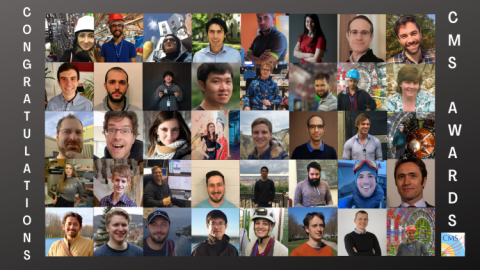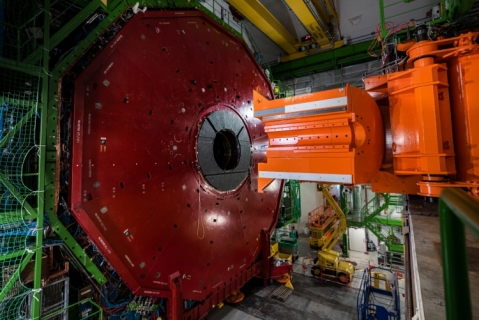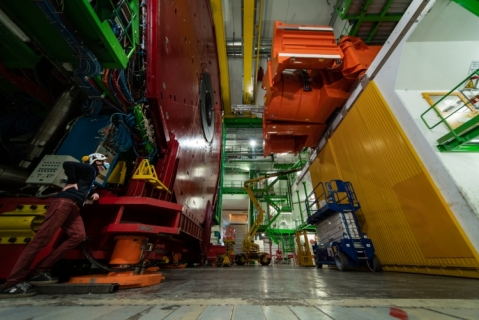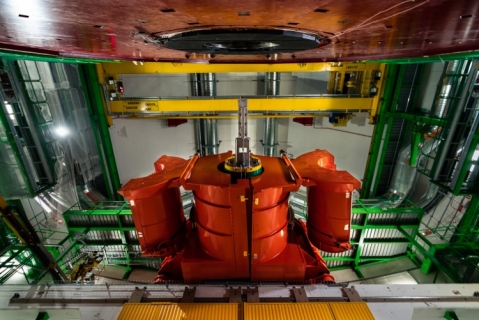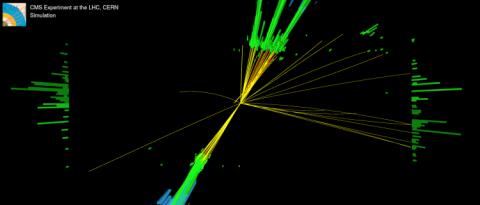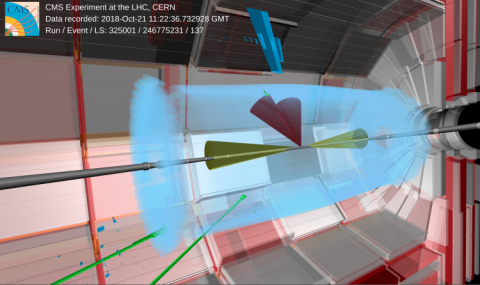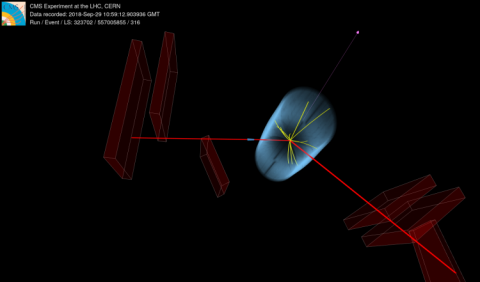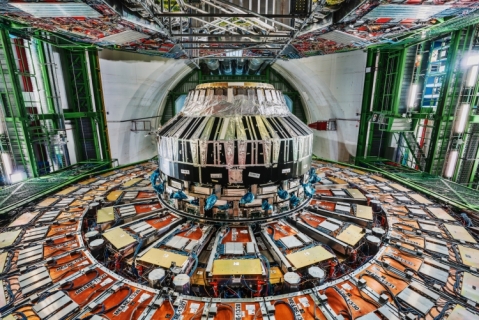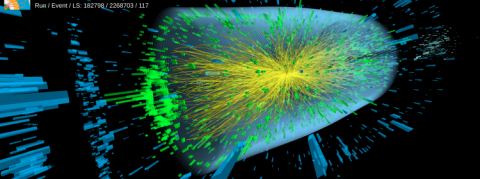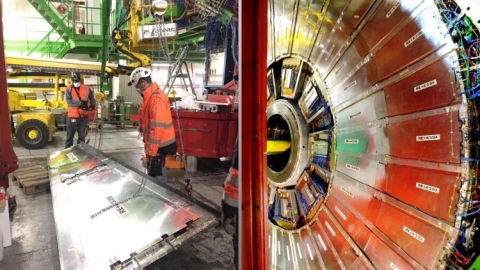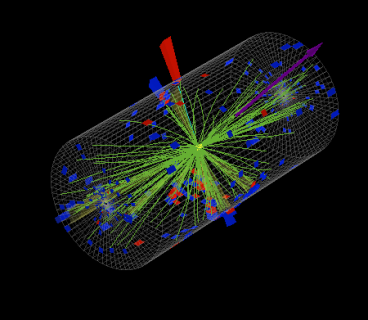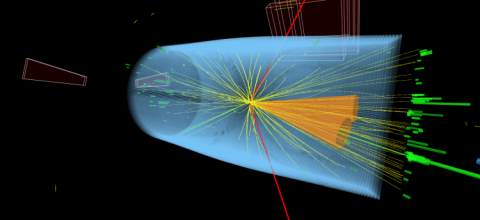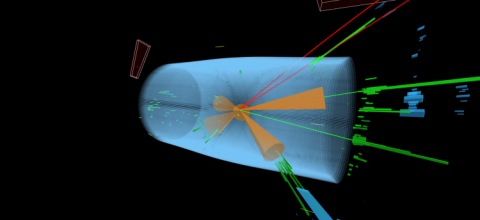As for any other instrument, the CMS experiment needs a “quiet” environment to take data, with the lowest level of background noise. In the CMS detector, background noise is mainly due to energetic particles generated at high eta (i.e.
How does the Higgs boson interact with itself?
Studying the production of two Higgs bosons is the most obvious way to understand the field responsible for the Higgs boson. A new result by the CMS collaboration gets closer than ever to measuring this field and its physics prediction.
RPC Completed the Reinstallation of Super Modules
After the Large Hadron Collider (LHC) was shut down in December 2018 following the successful completion of RUN 2 operation (2015-2018), CMS is undergoing an intensive upgrade and maintenance program during the current 3-years break (“Long Shutdown 2”
Hunting leptoquarks with the CMS experiment
The CMS Collaboration has released a new search for leptoquarks, a hypothetical particle that would be the "missing link" between quarks and leptons. The result has been submitted to the journal Physics Letters B.
A Toy Universe to study top quarks and search for New Physics
What if new particles modify the behaviour of existing particles, but by only a little bit? In a new result, CMS physicists search for new physics using a technique called Effective Field Theory to study the top quark in a "toy universe".

